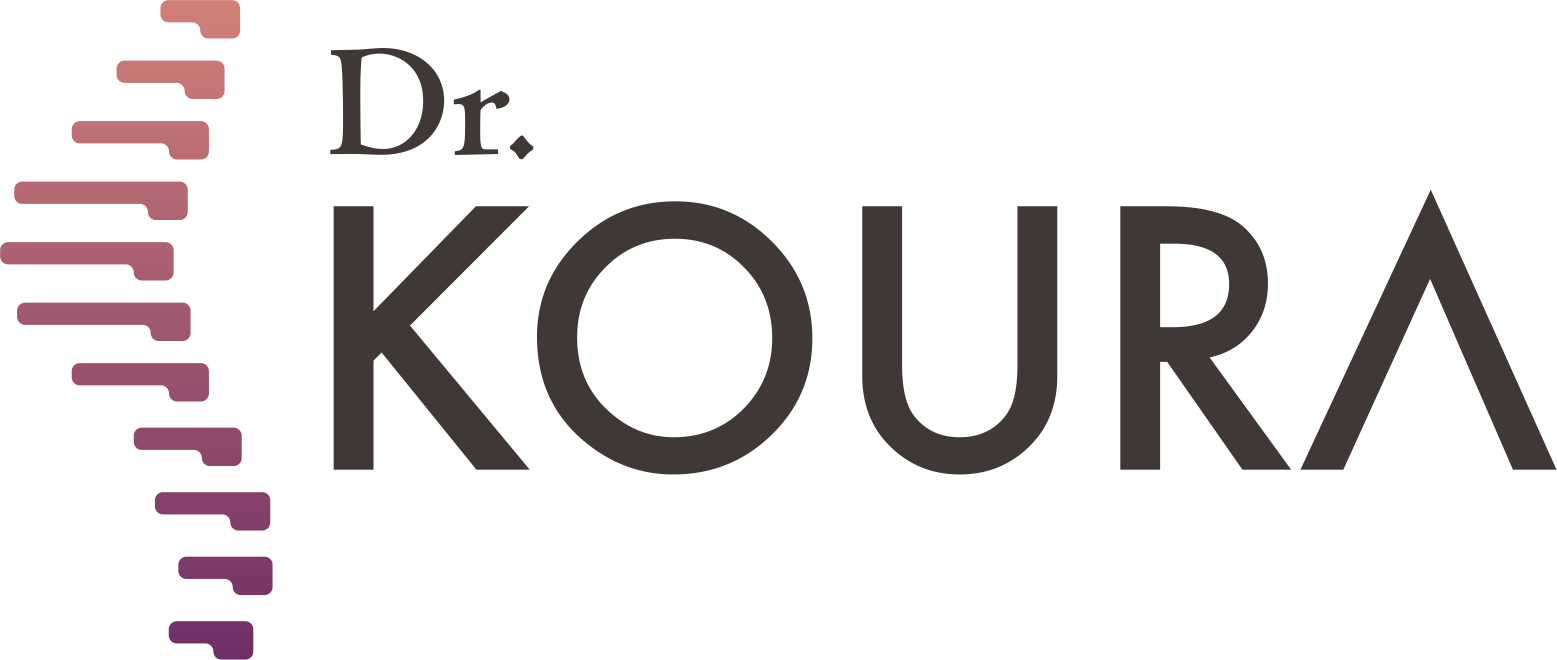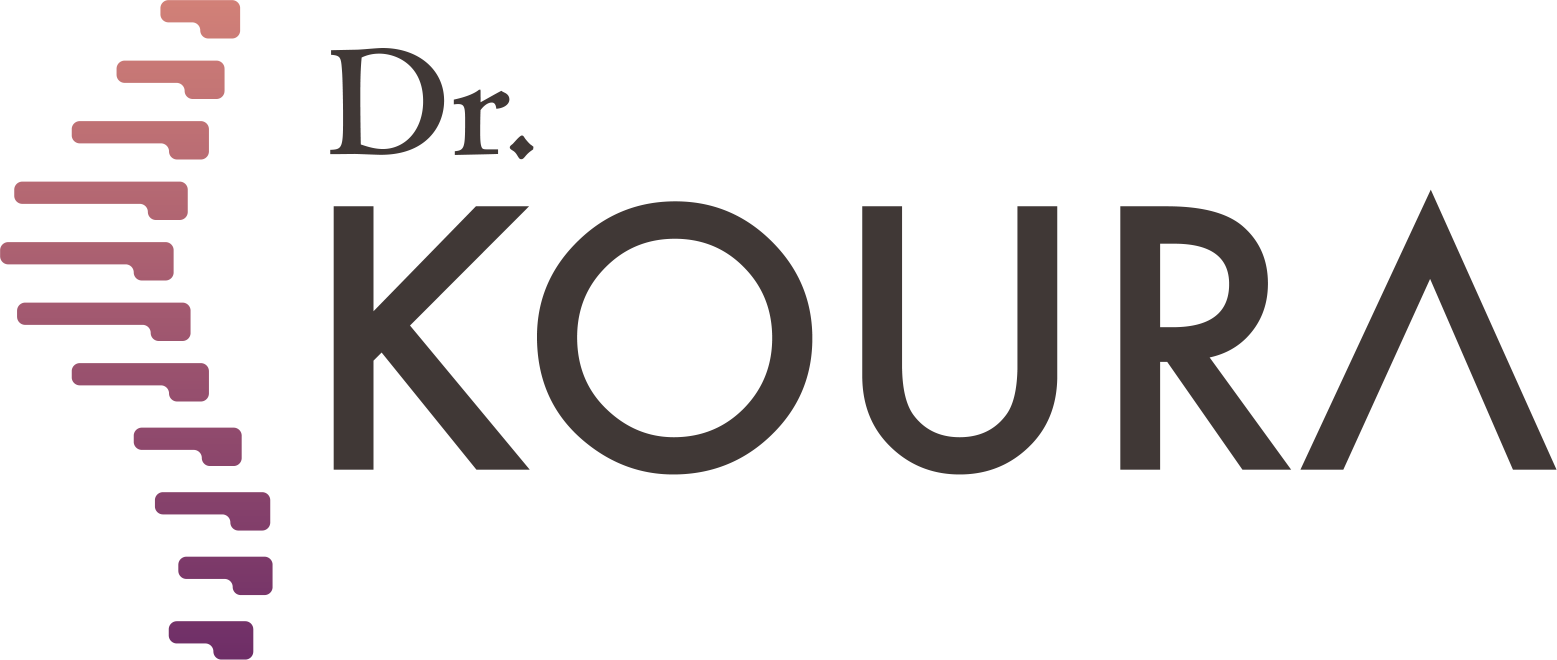
To see patients' reviews
Click hereThe beginning of knee joint stiffness


Knee osteoarthritis is one of the most common joint disorders, especially with aging. It occurs when the cartilage that protects the joint wears down, causing the bones to rub against each other. This leads to severe knee pain and difficulty in movement, and the pain worsens over time, interfering with the patient's daily life. Many patients continue to seek non-surgical solutions for effective pain relief, and the available non-surgical treatment options are varied. One of the latest solutions is platelet-rich plasma (PRP) injections, which have proven effective in relieving the symptoms of knee osteoarthritis.
Dr. Mohamed Koura's center is one of the leading medical centers in Egypt and the Middle East, specializing in interventional pain treatment using the latest techniques. Dr.Koura is considered the best doctor for spine and joint treatments, particularly knee osteoarthritis. He was one of the first doctors in the region to introduce PRP injections for knee osteoarthritis and one of the pioneers in the Arab world to use PRP injections to treat osteopenia, which has made him the top interventional pain specialist. His center has become the ideal place for patients seeking effective and safe solutions.
What are the symptoms of early knee osteoarthritis and friction?
The symptoms of knee osteoarthritis vary from person to person, depending on the degree of friction and pain. There is usually pain localized in the knee area, which may radiate down the leg. Joint movement may also become restricted, making it difficult to bend and extend the knee. Common symptoms of early knee osteoarthritis also include knee swelling, which may cause inflammation, as well as stiffness or rigidity, especially after sitting for long periods.
What are the common causes of knee osteoarthritis?
Knee stiffness can occur due to several factors, including:
- Aging: As we age, the cartilage in the knee tends to wear down.
- Genetics: Genetics may play a role in the development of osteoarthritis.
- Sports Injuries: Sports injuries can weaken the cartilage, leading to knee osteoarthritis. Additionally, repetitive physical activities like standing for long periods or performing exercises that put pressure on the knee can also contribute.
- Excess weight: Extra weight puts additional pressure on the knee, which accelerates cartilage wear.
- Arthritis: Chronic arthritis leads to cartilage damage.
How can knee osteoarthritis be treated with PRP injections?
PRP injection therapy is one of the latest non-surgical methods that has proven effective in treating knee osteoarthritis and alleviating pain. This method involves separating plasma from the patient’s blood, as plasma is rich in platelets and contains proteins and growth factors that help regenerate damaged tissues.
The PRP injection treatment is carried out after applying local anesthesia to ensure patient comfort. A small amount of blood is drawn, and then the platelet-rich plasma is separated using special medical equipment. After that, the plasma is injected directly into the affected joint under the guidance of interventional radiology to ensure precise placement.
There are many advantages to treating knee osteoarthritis with PRP injections. Firstly, it is a non-surgical procedure, which reduces potential risks for the patient and allows them to return home the same day. PRP injections reduce pain and provide long-term relief. Plasma contains growth factors that promote tissue regeneration, reduce inflammation, and improve joint flexibility.
Other non-surgical treatments for knee osteoarthritis
There are several other non-surgical methods to treat knee osteoarthritis. One of the most effective is radiofrequency therapy, which uses the latest technology to reduce pain by disrupting the nerve signals that transmit pain to the brain. Additionally, hyaluronic acid injections increase joint flexibility and reduce friction between the bones by balancing joint fluid.
Dr. Mohamed Koura’s center is the best choice for knee osteoarthritis treatment, equipped with the latest technology. The center has extensive experience in treating knee osteoarthritis using PRP injections, ensuring that the treatment is not only effective but also safe and long-lasting. Dr.Koura is considered the best interventional pain doctor, with extensive experience in treating this type of pain, helping patients recover faster.
Dr. Mohamed Koura is here to assist you using the latest therapeutic techniques, including thermal radiofrequency and laser treatments for spinal pain without surgery—book your appointment now from here.
Why Choose Dr. Mohamed Koura ?
Simply because he is the best doctor in his feild. He stays updated on the latest treatment technologies through his participation in various international conferences with leading foreign doctors and experts. Finally, and most importantly, Dr. Mohamed Koura is the best doctor in Egypt and the Arab world, possessing 12 non-surgical techniques for treating spinal and joint problems. He was the first to introduce modern interventional treatment techniques in Egypt & the Middle East and is the only one using the disc fx technique to treat spinal pain.
To see patients' reviews
Click hereCertainly not, some cases must be treated surgically, and the most appropriate technique for the patient is determined through a medical examination and the presence of imaging studies.
No, it is necessary to make a reservation through a phone call or social media messages.
There are no risks or side effects associated with non-surgical pain interventions.
The patient needs only 3 to 4 days before they can travel comfortably, and the hospital stay does not exceed 6 to 8 hours.
A condition cannot be accurately assessed and a proper medical diagnosis made without a medical examination and recent imaging studies.
Yes, there are several payment methods available through Visa or electronic wallets by making a reservation on our website.
Certainly, obesity is one of the causes of knee osteoarthritis.
Radiofrequency activates the nerve and does not cause any damage to it.
Non-surgical interventions are a definitive treatment for some cases and pain relievers for other cases, which is determined by the doctor through a medical examination.
If the herniated disc is fully treated, there is a possibility of it reoccurring in some cases, such as not following the doctor's prescribed instructions after the intervention, experiencing an accident, or making a sudden wrong movement like lifting heavy objects.
The entire disc is not removed due to the presence of several risks and it may exacerbate the condition. Only the protruding part that causes pain is removed.
This cannot be done with radiofrequency, but it is performed through other techniques that Dr. Koura conducts.
The success or failure of non-surgical interventions cannot be judged through radiographic imaging because these procedures involve making subtle changes to critical parts to address the issue. Consequently, they do not produce significant changes to avoid potential complications in the future or damage to the spine and joints, which is our primary goal.
Spinal stenosis does not typically cause sciatica. In most cases, disc herniation is what may lead to sciatica. This does not necessarily mean that a patient with sciatica will also have spinal stenosis.
Sciatica may return if the patient does not adhere to the medical instructions provided by the doctor or in the event of an unexpected accident.
A life without pain without surgery
Once you book with Dr. Koura
Get rid of pain with just one call.. Book your appointment now with pain Management consultant Dr. Koura.






-webp.webp)




-webp.webp)
































